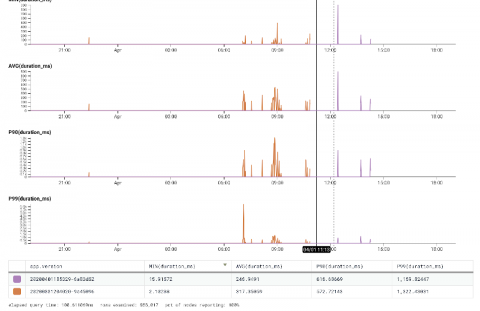Take huge leaps with Honeycomb for Incident Response
As engineering teams shift from delivering services on monolithic architectures to microservices and even serverless environments, developers are no longer just responsible for creating and maintaining their code. Shared ownership has become the new normal (or at least trending towards) and so they are now responding to production incidents and in some cases in the on-call rotation. Of course incidents vary in terms of impact, but they do take time away from innovation and creating new capabilities.






